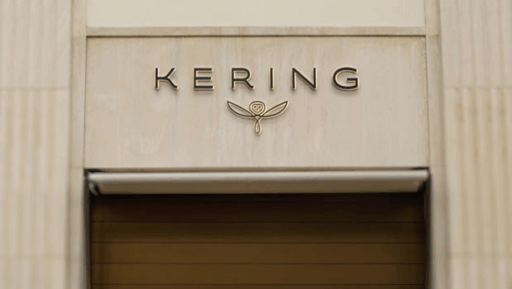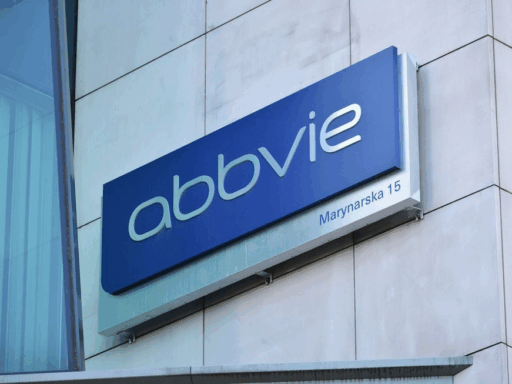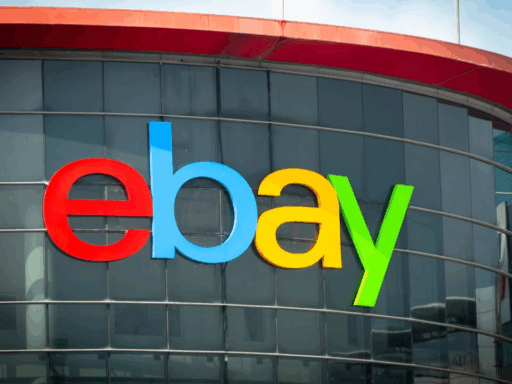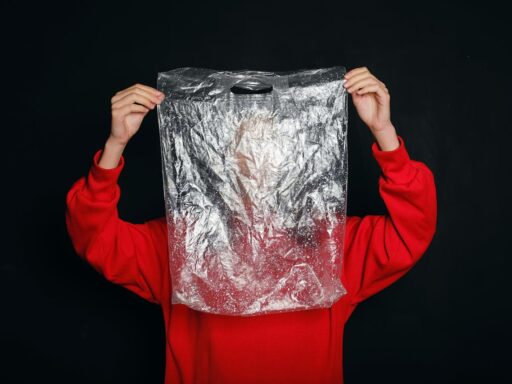As one of the world’s most influential luxury fashion conglomerates, Kering has been at the forefront of driving sustainability in the high-end fashion industry. With a portfolio that includes some of the most iconic brands in the world—Gucci, Saint Laurent, Bottega Veneta, Balenciaga, and Alexander McQueen—Kering has used its size, reputation, and influence to take bold steps toward sustainability. The company has been a pioneer in integrating environmental and social responsibility into the fabric of luxury fashion, focusing on reducing its environmental impact, promoting sustainable sourcing, enhancing social equity, and improving transparency across its supply chains.
Kering’s sustainability journey is deeply embedded in its business model, where profitability is coupled with a strong ethical commitment to the planet, people, and communities. Through its comprehensive sustainability strategy, Kering is addressing some of the most pressing challenges in the fashion industry, including climate change, resource depletion, and social inequality.
In this article, we will explore Kering’s approach to sustainability, examining its climate goals, sustainable material use, circularity efforts, and social responsibility. We will also look at the company’s measurable impacts, the challenges it faces, and its goals for the future.
Sustainability Strategy and Goals
Kering’s sustainability strategy is centered around three key pillars:
- Climate Action – Reducing carbon emissions and mitigating climate change.
- Circular Economy – Promoting the reuse, recycling, and reduction of waste in fashion.
- Social Equity – Improving diversity, inclusion, and human rights across the supply chain.
The company’s overarching vision is to build a luxury business that is restorative by design, one that regenerates and contributes to the well-being of the planet and its people. Kering’s sustainability strategy is guided by international frameworks such as the United Nations Sustainable Development Goals (SDGs) and the Science-Based Targets initiative (SBTi).
Net Zero and Carbon Emissions
Kering has made an ambitious commitment to achieve net-zero carbon emissions by 2050, and it is actively working toward reducing emissions across all aspects of its operations. This includes direct emissions from its operations (Scope 1 and 2) and emissions associated with the supply chain and the use of its products (Scope 3). The company aims to reduce its Scope 1 and 2 emissions by 50% by 2025 and Scope 3 emissions by 40% by 2030, all aligned with the Paris Agreement to limit global warming to 1.5°C.
Kering’s approach to reducing carbon emissions is multi-faceted, and its efforts include:
- Energy Efficiency: Implementing energy-saving initiatives in its operations, including more efficient lighting, heating, and cooling systems in stores and offices.
- Renewable Energy: The company is committed to sourcing 100% renewable energy for its global operations by 2025. Kering’s renewable energy sourcing currently stands at 96%.
- Carbon Offset Projects: Kering has launched various carbon offset projects to help mitigate its environmental footprint, including reforestation initiatives and clean energy investments in developing countries.
Kering’s measurable impact on carbon emissions includes:
- A 47% reduction in its carbon emissions per unit of revenue from 2015 to 2020, surpassing its initial 40% target.
- The company also achieved zero-carbon certification for its corporate headquarters, showing how sustainability principles can be applied to a global luxury brand’s core facilities.
Sustainable Materials and Circular Fashion
The fashion industry is one of the largest users of raw materials globally, making sustainable sourcing of materials a top priority for Kering. The company is focused on increasing the use of sustainable and responsibly sourced materials across its portfolio.
Kering has made significant strides toward reducing its reliance on conventional materials by embracing more sustainable alternatives:
- Sustainable Materials Sourcing: Kering works with farmers and suppliers to promote the use of sustainable cotton, leather, and wool, while adhering to ethical and traceable sourcing practices. It uses organic cotton certified by the Better Cotton Initiative (BCI) and Regenerative Agriculture practices to enhance soil health and biodiversity.
- Sustainable Leather: Leather is one of the most resource-intensive materials used in fashion. Kering has partnered with the Leather Working Group to promote sustainable leather production, ensuring that leather is sourced in ways that protect the environment and respect animal welfare. Additionally, the company is developing innovative alternatives to traditional leather, including plant-based leather and recycled leather.
- Circular Fashion: Kering has set a target of 100% of its products being made from sustainable materials by 2025. The company is developing a circular economy model by designing products for longevity, encouraging the repair and reuse of items, and investing in the resale and recycling of fashion products.
Through the use of innovative fabrics such as Re-Nylon (a regenerated nylon product made from recycled plastics), Kering is pioneering the use of circular materials in its collections.
Sustainable Packaging
Kering is committed to improving the sustainability of its packaging, with a focus on reducing waste and sourcing environmentally friendly materials. The company has implemented a strategy to:
- Reduce packaging: By minimizing the amount of packaging used and promoting packaging-free solutions where possible.
- Use sustainable materials: Ensuring that packaging is recyclable, biodegradable, or made from post-consumer recycled materials.
- Circular Packaging: Kering is working toward creating a system where its packaging materials can be reused or recycled indefinitely, ensuring that waste is minimized.
Achievements in Sustainable Materials
- Over 50% of Kering’s products in 2023 were made from sustainable materials, including organic cotton, recycled fibers, and innovative alternatives like bio-based fabrics and vegan leather.
- 100% of Kering’s wool is now traceable and certified, with over 70% certified by the Responsible Wool Standard (RWS).
- Kering is also on track to eliminate hazardous chemicals from its products through its Chemicals Management Program.
Social Responsibility: Diversity, Inclusion, and Human Rights
Kering recognizes that sustainability extends beyond environmental impact to include social and ethical dimensions. The company is committed to improving social equity across its supply chain, with a focus on human rights, diversity, inclusion, and empowerment.
Human Rights and Ethical Sourcing
Kering has implemented rigorous human rights policies throughout its supply chain to ensure the protection of workers’ rights. The company enforces standards such as:
- Fair wages, health and safety measures, and ethical labor practices for all workers in its supply chain.
- Supplier Audits: Kering conducts regular audits of its suppliers to ensure that they meet the company’s Code of Conduct for human rights, worker safety, and fair working conditions.
Gender Equality and Empowerment
Kering has been a leader in advancing gender equality in the luxury sector, focusing on equal opportunities for women in the workplace. The company is committed to increasing the representation of women in leadership positions, with over 50% of its board members and 40% of its senior leadership team being women.
- Women’s Empowerment: Kering’s commitment to gender equality extends beyond its workforce. The company runs several initiatives aimed at empowering women in the supply chain, including partnerships with women-led organizations and programs focused on improving women’s access to education, leadership opportunities, and financial resources.
Community Engagement and Social Impact
Kering is committed to giving back to the community through initiatives that support education, social inclusion, and empowerment. Through its Kering Foundation, the company has supported:
- Programs aimed at preventing gender-based violence.
- The development of sustainable fashion education programs for underserved communities.
Challenges and Areas for Improvement
While Kering has been a leader in sustainability, it faces several challenges:
- Scope 3 emissions: Like many fashion companies, a large portion of Kering’s carbon footprint comes from Scope 3 emissions, primarily from its supply chain and the end-of-life impacts of its products. Reducing these emissions requires collaboration with suppliers, consumers, and third-party partners.
- Circular Economy at Scale: While Kering is leading the industry in implementing circular economy principles, scaling this across its entire portfolio remains challenging. The company must continue to invest in technology, infrastructure, and consumer behavior change to achieve its 100% circularity target.
- Transparency in Supply Chains: As Kering works to ensure greater transparency in its supply chain, especially concerning labor practices and material sourcing, it faces challenges related to data accuracy, traceability, and supplier cooperation.
Future Plans and Long-Term Goals
Kering’s long-term sustainability goals include:
- 100% sustainable materials across all products by 2025.
- Net-zero carbon emissions by 2050, with interim targets for Scope 1, 2, and 3 emissions reductions.
- Expanding its circular economy initiatives by offering 100% circular packaging and scaling up its pre-owned and refurbished fashion offerings.
- Further advancing gender equality and diversity within its workforce and across its supply chain.
Competitor Comparisons
| Brand | Net Zero Target | Sustainable Materials | Circular Economy Commitment |
|---|---|---|---|
| Kering | 2050 | 50% sustainable materials (2023) | 100% by 2025 |
| LVMH | 2050 | 70% sustainable materials (2023) | Limited circular initiatives |
| Prada | 2050 | 50% sustainable materials (2023) | Expanding circular initiatives |
Kering is a shining example of how the luxury fashion industry can lead by example in driving sustainability. Its commitment to circularity, carbon reduction, and social equity has set new benchmarks in the sector. However, the challenges related to Scope 3 emissions, circular economy scaling, and supply chain transparency remain key areas for future improvement. By continuing to innovate and collaborate with stakeholders across its supply chain, Kering is well-positioned to remain at the forefront of sustainable luxury fashion.
Sources
Kering Sustainability Report 2023: https://www.kering.com/en/sustainability/
Science-Based Targets Initiative (SBTi): https://sciencebasedtargets.org
Better Cotton Initiative (BCI): https://bettercotton.org
Responsible Wool Standard (RWS): https://www.responsiblewool.org
LVMH 2023 Sustainability Report: https://www.lvmh.com/group/lvmh-commitments/environment/






